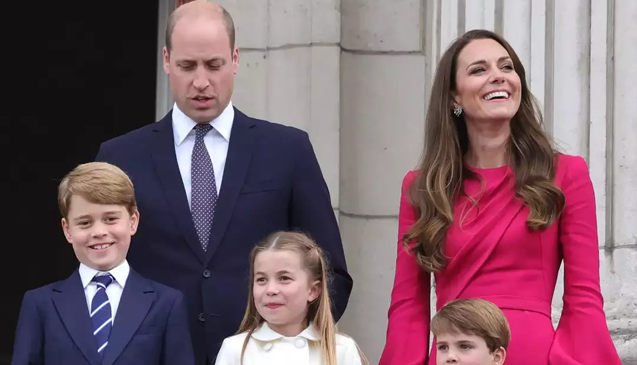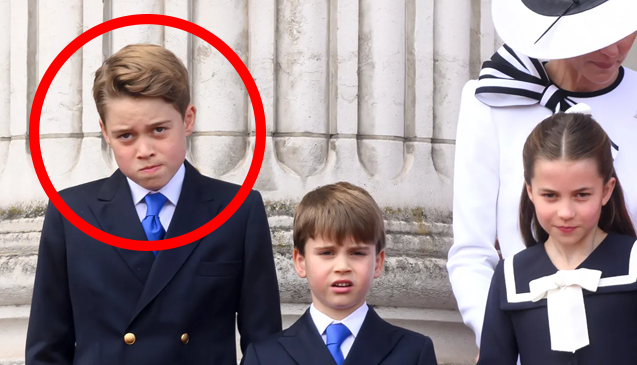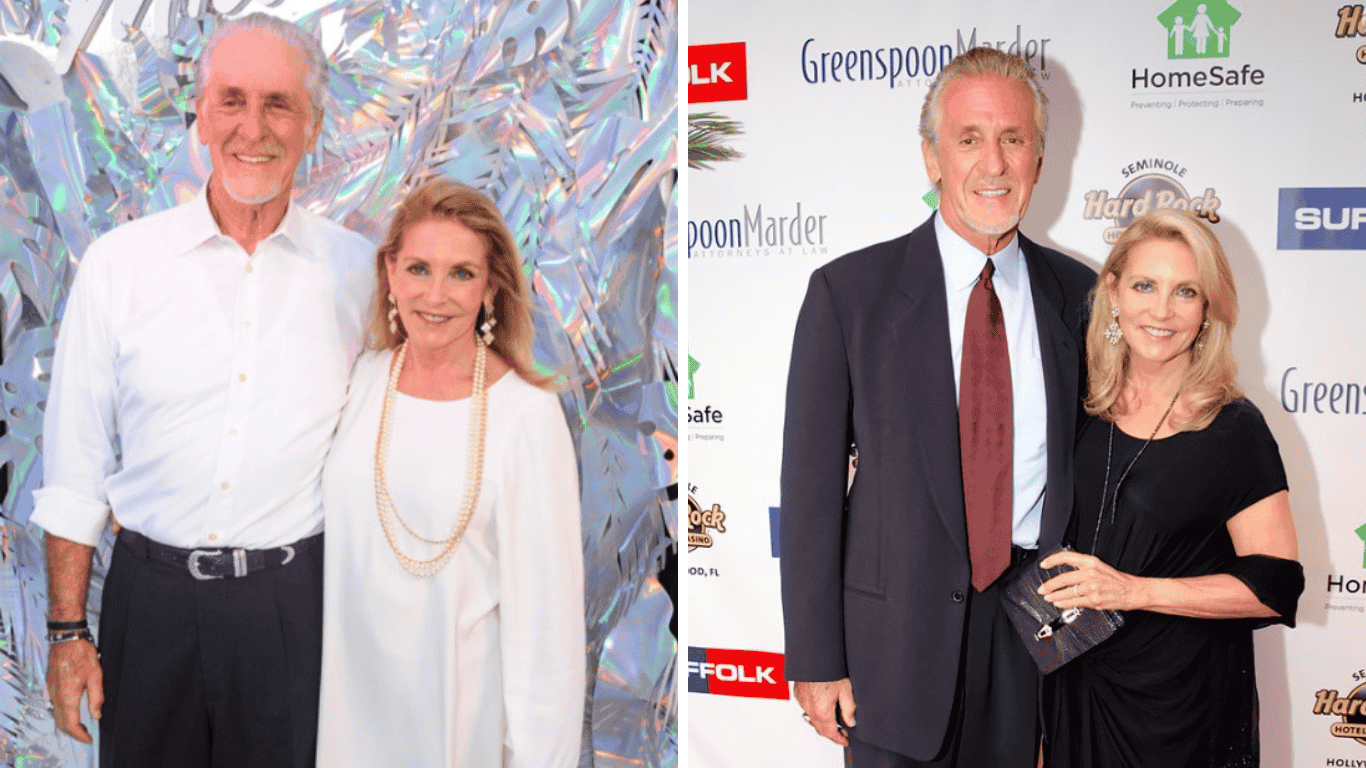The British royal family is steeped in centuries-old traditions, often passed down through generations with little deviation. However, as society evolves, so do some aspects of royal life. At the forefront of this change is none other than Prince George, the eldest son of Prince William and Kate Middleton. Though just a young boy, George is already breaking away from the rigid protocols followed by previous generations of royals. His upbringing, schooling, and even public appearances are setting the stage for a modern monarchy, driven by a desire for normalcy and privacy.
Background: A Shift from Royal Precedents
Royal traditions have long been a hallmark of the British monarchy, from the formalities surrounding public appearances to the exclusive education of royal children. Prince William and Prince Harry, for example, grew up following well-trodden paths, attending prestigious schools such as Eton and taking on royal duties at a young age. Their education was seen as a way to groom them for the responsibilities of being senior royals. Similarly, many royals before them had private tutors or attended elite institutions, often isolated from the public.

Historically, royal children have also been expected to adhere to strict behavioral guidelines, from the way they dress to the manner in which they interact with the public. There was an emphasis on ensuring that these young royals were prepared to shoulder the responsibilities of monarchy. Prince George, however, is being raised under a different set of rules, marking a significant shift in how the monarchy might function in the future.
Education: A New Approach to Royal Schooling
One of the most notable breaks from tradition is Prince George’s schooling. Instead of attending a prestigious, male-only school like Eton, Prince George is enrolled at Lambrook School, a co-educational independent school known for its relaxed and inclusive atmosphere. This move represents a departure from the long-standing tradition of sending royal children to elite, often male-exclusive institutions. His father, Prince William, attended Eton, while previous monarchs and heirs, like Prince Charles, were educated at Gordonstoun, a tough and physically demanding school in Scotland.
By choosing Lambrook School, Prince William and Kate Middleton have made it clear that they value a more holistic and inclusive educational experience for their children. The decision reflects their desire for Prince George and his siblings to have a more normal childhood, away from the rigid expectations placed on previous royals. This choice also signals the couple’s efforts to balance royal duties with family life, providing their children with an education that allows them to interact with peers from different backgrounds rather than being confined to the elite circles of royalty.
Public Appearances: Fewer and More Controlled
While previous generations of royal children, including Prince William and Harry, were often in the public eye from a young age, Prince George’s public appearances are being handled quite differently. In an era where the press and paparazzi have unprecedented access to public figures, William and Kate have chosen to limit George’s exposure to the media. This decision echoes their broader strategy of shielding their children from the pressures of public life, while still acknowledging their roles as future figures of the monarchy.
Unlike his father and uncle, who were regularly seen on official outings and royal tours, George’s public appearances are carefully curated. The royal couple often releases official portraits of him on his birthdays as a way to satisfy public curiosity while reducing invasive media scrutiny. This strategy is a significant shift from the past when young royals were paraded before the media more frequently, sometimes leading to intense pressure and, as we saw with Princess Diana, devastating personal consequences.
This more controlled approach allows George to enjoy his childhood while slowly being introduced to the responsibilities he will one day bear as a future king. He is also present at significant events like Wimbledon and royal family gatherings, but the emphasis is on balance and protecting his well-being.
Hobbies and Interests: A Balanced Lifestyle
In addition to having a more private upbringing, Prince George is being encouraged to pursue a wide range of hobbies and interests, much like any other child. A strong lover of sports, George has been seen attending major sporting events such as the Wimbledon finals, the Rugby World Cup, and important football matches alongside his father. These public appearances highlight George’s interest in athletics, which mirrors the passions of both his father, Prince William, and grandfather, Prince Charles.
One of the most notable moments was when Prince George was reported to have taken a flying lesson, following in the footsteps of Prince William and Prince Charles, both of whom are trained pilots. This early exposure to flying could hint at George continuing the family tradition of military service or aviation, though his interests seem well-rounded and supported by his parents’ efforts to allow him to explore a variety of activities.
Modern Parenting: Breaking the Stiff Upper Lip
Another major break from royal tradition comes in the form of modern parenting practices adopted by Prince William and Kate. In contrast to previous generations, who often maintained emotional distance from their children and followed a more formal, rigid approach to family life, William and Kate have chosen to be more hands-on. They are known for their open discussions about mental health and the challenges of parenting in the public eye, advocating for a more transparent, emotionally supportive family environment.
Their parenting style reflects a broader cultural shift toward mental health awareness and breaking down the “stiff upper lip” mentality traditionally associated with the British monarchy. Both William and Kate have openly spoken about their struggles as parents and the importance of emotional well-being, which would have been unheard of in earlier generations. This approach not only humanizes the royal family but also resonates with the public, making the monarchy appear more relatable in an increasingly modern world.
Impact on the Royal Family: A New Era of Monarchy?
These changes in how Prince George is being raised—along with the evolving roles of William and Kate—could have a profound impact on the future of the royal family. By embracing a more modern, hands-on approach to parenting and allowing George to have a more normal upbringing, the royal family is signaling a shift toward greater relatability and relevance in the 21st century.
Public perception of these changes has generally been positive, with many praising William and Kate’s efforts to modernize the monarchy while still respecting its traditions. However, there are those who question whether these shifts could dilute the mystique and grandeur that have historically been associated with the British royal family.
As George continues to grow, his modern upbringing may shape his future role in the monarchy, potentially making him a more accessible and grounded figure when he eventually ascends the throne. His path will undoubtedly be different from that of his father, Prince William, and grandfather, Prince Charles, and the monarchy may continue to evolve as a result.
Summary
Prince George’s upbringing, education, and public role all reflect significant departures from royal traditions that have defined the British monarchy for generations. These changes, led by Prince William and Kate Middleton, are ushering in a new era of the monarchy—one that is more in tune with the realities of modern life. As Prince George grows, it will be fascinating to see how his experiences shape his future as king and whether the royal family continues to balance tradition with modernity.
The question remains: Can the royal family continue to evolve while maintaining the reverence and mystery that has long surrounded it, or are we witnessing the dawn of a truly modern monarchy?




